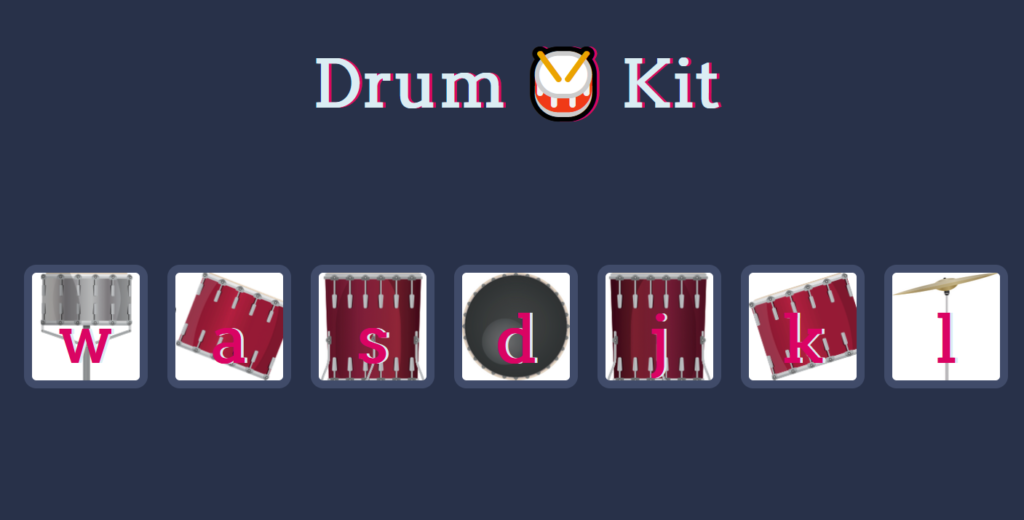Ending My Experiment with Flask
I really like Python, but I have one major gripe with it. It’s a pain in the ass to actually share any projects. Python can’t easily be packaged into an executable, and it doesn’t really work well on the web. I had some vague high hopes of building some Flask based web apps, and I may revisit it at some point, but even just trying to share some of the projects I made during my Python class had become a cumbersome pain to manage.
I had originally set up the blog project over on JoshMiller.net. A domain I have, and don’t really want to dump, but don’t really have a use for. I also do not need another blog. “Traditionally” I would use that domain for “personal blogging” but that’s what this site is for, and I’m happy with the state of things here. The Flask blog was also extremely basic and would require a lot of code work to make workable, with things like image management and an RSS feed and some sort of theme system etc. I could probably do it, but…. why?
One thing I’ve learned after working on many fruitless projects over the years. It’s ok for a project to be kind of pointless, but it’s not ok for it to just be completely pointless. There are plenty of much better platforms for blogging, and frankly, all of them are “Just use WordPress”. Another angle is learning how to run sites with something besides Apache, but that tine would be better just learning Nginx.
Anyway, part of the point was to take the base Flask Blog app, and integrate other Flash Apps into it. The problem is, all of the ones I have built are designed to be stand alone apps. They often reuse some name space so i can’t just copy/paste the code in. Then things start to get screwy with modules and imports. The code itself is also not super reusable. Flask can host HTML code, but it’s all very specifically laid out and structured. I can’t just drop the same code into a folder somewhere and run it on a straight Apache instance.
What does work well for this, is JavaScript. Which is basically entirely intended for web based use. Most of the ideas I have had for projects would be much better suited running as JavaScript sites that are much more portable.
Anyway, all of this is mostly to say, I have disabled the Flask Blog I had hosted on JoshMiller.net and rolled it back to the broken landing page I was building. I don’t really care about this site anyway. Hell even the landing page concept is redundant because I’ve got a nice little Github Page serving that purpose.
Josh Miller aka “Ramen Junkie”. I write about my various hobbies here. Mostly coding, photography, and music. Sometimes I just write about life in general. I also post sometimes about toy collecting and video games at Lameazoid.com.

